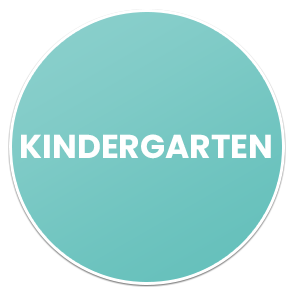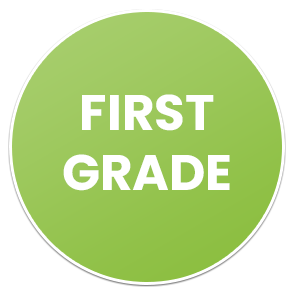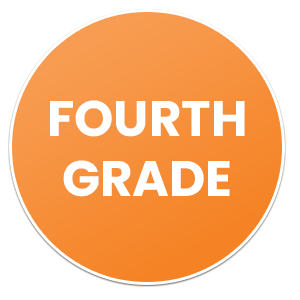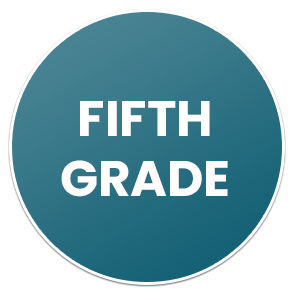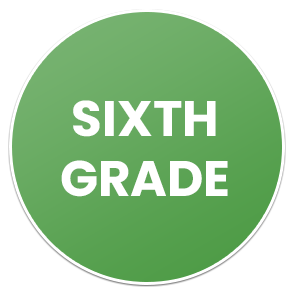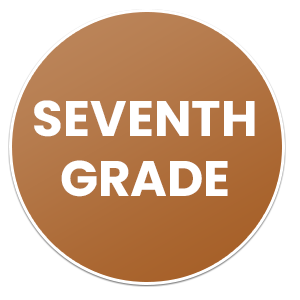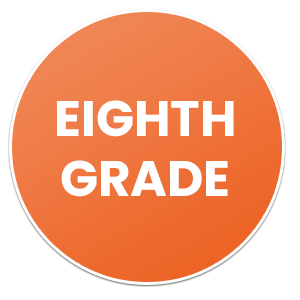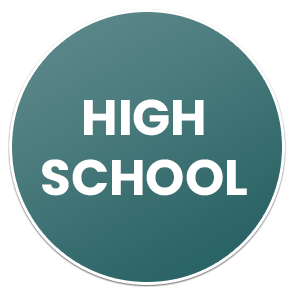- Home
- Homeschool Curriculum
- Subjects
- Spelling
- Sus Philosophy
Homeschool Curriculum by Subject
Are you considering embarking on the rewarding journey of homeschooling? Whether you’re a seasoned parent educator or just starting to explore this transformative approach to learning, navigating the world of homeschool subjects can feel overwhelming.
With an abundance of options and varying requirements across states, it’s essential to create a tailored plan that fits your child’s unique needs and interests. In this blog post, we’ll break down everything you need to know—from selecting core subjects that ignite curiosity and passion in your little learners to crafting schedules that balance education with exploration.
Plus, we’ll tackle grading systems so you can track progress without stress! Get ready to equip yourself with the tools necessary for a fulfilling homeschool experience—let’s dive in!

Understanding Homeschool Subjects
Homeschooling opens up a world of educational possibilities. Understanding the subjects you’ll teach is crucial for a well-rounded curriculum.
Core homeschool subjects form the foundation of learning. These typically include math, science, language arts, and social studies. Each plays a vital role in developing critical thinking and analytical skills.
Beyond core subjects, elective options enrich your child’s education. Art encourages creativity; music fosters appreciation for culture; physical education promotes health; foreign languages enhance communication skills.
Choosing the right curriculum can feel overwhelming. Consider your child’s interests and strengths when selecting materials for each subject. Resources are abundant online, from structured programs to DIY approaches.
Adapting your teaching style to suit individual needs will make lessons more engaging and effective. Remember that flexibility is one of homeschooling’s greatest assets—it allows you to tailor learning experiences that resonate with your child’s unique journey.
Core Subjects
Core subjects form the backbone of any homeschooling curriculum. These essential areas provide students with foundational knowledge and critical thinking skills that will serve them throughout their lives.
Math is a vital core subject, offering problem-solving abilities and logical reasoning. Understanding concepts from basic arithmetic to advanced calculus can empower students in everyday life.
Science encourages curiosity about the world around us. Through experiments or hands-on projects, children learn to ask questions, test hypotheses, and draw conclusions based on evidence.
Language arts encompass reading, writing, speaking, and listening skills. Mastery in this area equips learners to communicate effectively across various contexts.
Social studies connect students with history and culture. It fosters an understanding of societal structures while developing informed citizens who appreciate diversity.
Together, these subjects create a well-rounded education that prepares homeschooled children for future challenges and opportunities.
Math, Science, Language Arts, Social Studies
Math forms the foundation of logical reasoning. It equips students with essential problem-solving skills applicable in everyday life. From basic arithmetic to advanced calculus, there’s a vast array of concepts that can be explored.
Science ignites curiosity about the world around us. Through experiments and observations, children learn how natural phenomena work. Subjects like biology, chemistry, and physics encourage critical thinking and inquiry-based learning.
Language Arts is crucial for effective communication. This subject encompasses reading, writing, speaking, and listening skills. A strong grasp of language arts fosters creativity while enhancing comprehension across various texts.
Social Studies provides insight into history, geography, economics, and culture. Understanding societal structures helps students appreciate diverse perspectives and their role within a community. Engaging discussions about current events make this subject relevant and dynamic for learners at home.
Elective Subjects
Elective homeschool subjects provide a wonderful opportunity for children to explore their interests and talents. These courses allow them to dive deeper into areas that resonate with their personal passions, fostering creativity and critical thinking.
Art classes can spark imagination, encouraging kids to express themselves visually. From painting to sculpture, the possibilities are endless. Music education is another fantastic elective. Whether learning an instrument or studying music theory, it nurtures discipline while providing joy.
Physical education isn’t just about fitness; it teaches teamwork and perseverance. Activities could include sports, dance, or even yoga—anything that gets your child moving.
Foreign languages open doors to new cultures and enhance cognitive skills. Learning a language can be fun through games or conversational practice with peers.
Choosing the right electives allows students not only to learn but also to grow as individuals. Tailoring these homeschool subjects ensures a well-rounded educational experience that resonates personally with each student.

Art, Music, Physical Education, Foreign Language
Elective subjects play a vital role in a well-rounded homeschooling experience. Art encourages creativity and self-expression, allowing students to explore various mediums and techniques. Whether it’s painting, drawing, or digital art, this subject nurtures imagination.
Music education provides another avenue for growth. Learning an instrument or understanding music theory can enhance cognitive abilities while fostering discipline. Students might form bands or participate in online lessons to keep the excitement alive.
Physical Education is equally important. It promotes healthy habits that last a lifetime. Engaging in sports or physical activities helps children develop teamwork skills and boosts their overall well-being.
Learning a foreign language opens up new perspectives too. It not only aids communication but also deepens cultural appreciation. From Spanish to Mandarin, each language offers unique insights into different worlds and traditions.
How to Choose the Right Curriculum for Each Subject
Choosing the right curriculum for homeschooling subjects can be both exciting and overwhelming. Start by identifying your child’s learning style. Do they thrive with hands-on activities, or do they prefer textbook learning?
Consider their interests as well. A child fascinated by space might benefit from a science program that emphasizes astronomy. Tailoring homeschool subjects to what captures their attention can enhance engagement.
Research various curriculums available online or at local educational stores. Look for reviews and recommendations from other homeschoolers to gauge effectiveness and relevance.
Don’t forget about flexibility. The best curriculum allows room for adjustments based on your child’s progress and needs throughout the year.
Lastly, include resources like videos, field trips, or community classes to enrich each subject experience! Balancing structure with creativity will ensure a fulfilling educational journey tailored just for them.
Requirements for Homeschooling
When considering homeschooling, it’s essential to familiarize yourself with state-specific laws and regulations. Each state has its own requirements regarding curriculum choice, instructional hours, and notification processes. Some states may have strict guidelines; others offer more flexibility.
Testing and assessment are also key components of the homeschooling journey. Regular evaluations help monitor your child’s progress and ensure they meet educational standards. In some regions, standardized testing is mandatory.
Record keeping is another crucial aspect of homeschooling requirements. Keeping detailed documentation can save you from potential issues down the road. Track attendance, subjects taught, and assessments completed to maintain a clear overview of your child’s education.
Understanding these elements will empower you to navigate the complexities of teaching at home confidently while ensuring compliance with local laws.
State Laws and Regulations
Homeschooling is a popular choice for many families, but it’s essential to understand the state laws and regulations that govern it. Each state has its own unique requirements, which can range from notifying the local school district to submitting detailed educational plans.
Some states require parents to submit regular assessments of their child’s progress or even participate in standardized testing. Others may mandate specific subjects be taught during each academic year.
Researching your state’s homeschooling laws is crucial before starting this journey. This ensures compliance and helps you avoid potential legal issues down the road.
Engaging with local homeschool communities can offer valuable insights into navigating these regulations effectively. Many groups share resources and experiences that simplify understanding what’s needed for a successful homeschooling experience within your area.
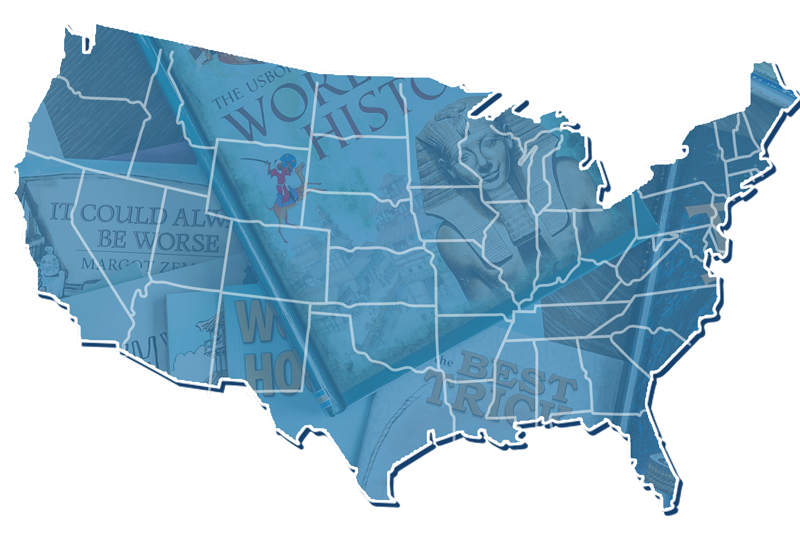
Testing and Assessment
Testing and assessment in homeschooling can feel daunting, but it’s vital for tracking progress. Different families adopt various approaches based on their educational philosophy and state requirements.
Standardized tests are one option. These provide a uniform way to measure learning against national benchmarks. However, they may not capture the full picture of a child’s abilities or interests.
Portfolio assessments offer another path. They allow parents to showcase a student’s work over time, reflecting growth through projects, essays, and creative endeavors. This method emphasizes mastery rather than just test scores.
Additionally, informal assessments like quizzes or discussions help gauge understanding day-to-day. Parents can adapt their teaching strategies based on these insights.
Ultimately, testing should be tailored to fit each child’s unique learning style while meeting legal obligations set by your state or local education authority. The goal is nurturing a love for learning alongside accountability.
Record Keeping & Documentation
Record keeping is a vital part of homeschooling. It ensures that you track your child’s progress and meet state requirements.
Start by maintaining a portfolio for each subject. Include samples of their work, tests, and projects. This not only shows growth but also highlights areas needing improvement.
Documentation can vary based on state regulations. Some states require specific records like attendance logs or curriculum outlines. Familiarize yourself with these laws to stay compliant.
Create a schedule for updating your records regularly. This practice helps avoid last-minute scrambles when assessments arise.
Digital tools can streamline the process, making it easier to organize materials and notes efficiently. Explore apps designed specifically for homeschool tracking; they often have features tailored to educational needs.
Ultimately, consistent documentation reduces stress during evaluations and keeps you focused on what matters most—your child’s education journey.
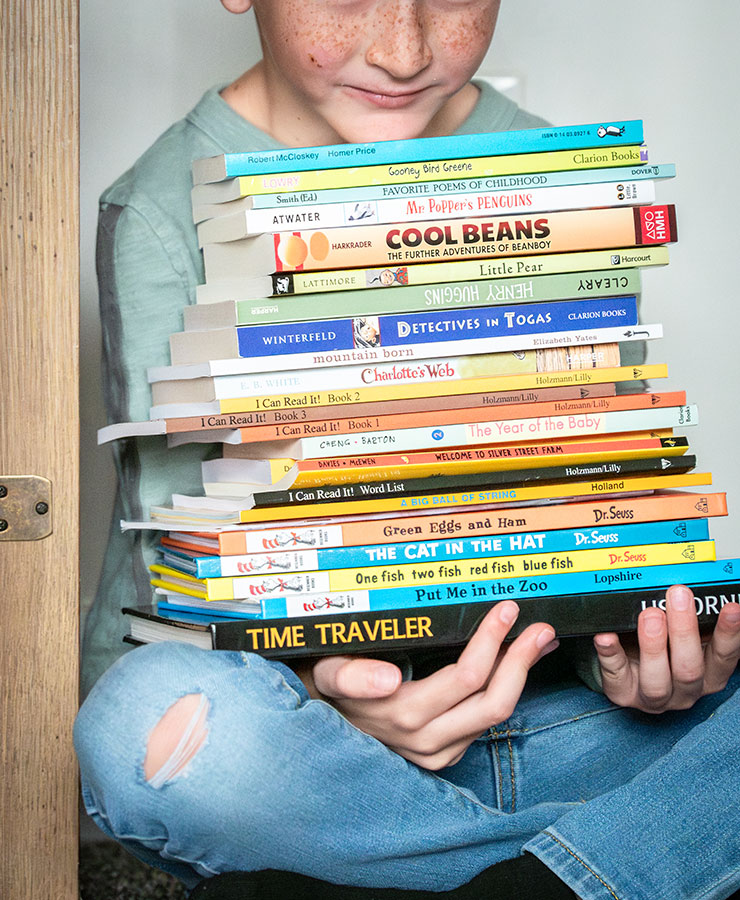
Creating a Schedule for Homeschool Subjects
Creating a schedule for homeschool subjects can feel daunting, but it doesn’t have to be. Start by identifying the core subjects you want to cover each week.
Set aside dedicated time slots for math, science, language arts, and social studies. Consistency helps children thrive in their learning environment.
Consider your family’s natural rhythms when planning. Are they morning learners or more alert in the afternoon? Tailor your day around those peak times for maximum focus.
If you have multiple children of different ages, group similar subjects together where possible. This way, siblings can collaborate on projects or discussions while still attending to individual needs.
Flexibility is key; life happens! Don’t hesitate to adjust as necessary based on what works best for everyone involved. Keep it light and enjoyable—learning should inspire curiosity rather than stress.
Tips for Organizing Your Day
Creating a flexible yet structured daily routine can transform your homeschooling experience. Start by mapping out a consistent start time each day. This sets the tone and helps everyone get into learning mode.
Incorporate breaks to keep energy levels high. Short intervals for snacks or outdoor play refresh minds, making it easier to dive back into subjects afterward.
Prioritize core homeschool subjects in the morning when focus is sharp. Reserve afternoons for electives or hands-on projects that require creativity and engagement.
Use visual schedules that everyone can see. Color-coding different subjects can make transitions smoother and more exciting for kids.
Finally, don’t hesitate to adjust as needed. Some days will flow perfectly; others might not go as planned, and that’s okay! Flexibility allows you to respond to each child’s unique needs while maintaining educational goals.
Balancing Multiple Children of Different Ages
Balancing multiple children of different ages in a homeschool setting can feel overwhelming. Each child has unique learning needs and interests, which makes it crucial to tailor your approach.
Consider using a mixed-age strategy. Group subjects where younger and older kids can learn together, like science experiments or art projects. This promotes collaboration while allowing for individual exploration.
Set aside focused time slots for each child’s specific needs as well. For instance, dedicate morning hours to core homeschool subjects that require more attention. Reserve afternoons for electives or group activities.
Encourage independence by providing resources that allow older children to work on their own while you assist the younger ones. Online courses and educational games can be great tools here.

Flexibility is key! Embrace the unpredictable nature of homeschooling with siblings at varying stages; adapt schedules when necessary without stress.
Managing Grades in Homeschooling
Managing grades in homeschooling can feel daunting, but it doesn’t have to be. Unlike traditional schooling, you have the flexibility to create a system that works for your family.
Consider using a personalized approach. Create rubrics based on individual assignments or projects. This allows children to understand what is expected and encourages self-assessment.
Another option is embracing narrative evaluations instead of standard letter grades. This method focuses on strengths and areas for improvement, providing a holistic view of progress.
Digital tools like grading apps can help streamline the process, making record-keeping easier than ever. Just remember that learning isn’t always linear; celebrate milestones rather than fixating solely on numbers.
Incorporate regular reflection sessions where students discuss their achievements and challenges. This promotes accountability while allowing them to take ownership of their education journey.
Traditional Grading Systems
Homeschooling offers a unique approach to education, particularly when it comes to grading. Traditional schools often rely on standardized testing and letter grades to evaluate student performance. However, in the homeschool environment, parents have the flexibility to create their own assessment methods.
Many families choose alternative grading systems that might include narrative assessments or competency-based evaluations. This allows for a more personalized reflection of a child’s understanding and skills. Parents can observe their children throughout lessons, noting progress rather than focusing solely on numerical scores.
This tailored approach is beneficial in recognizing individual learning styles. It fosters an atmosphere where students feel encouraged and motivated rather than pressured by traditional grade expectations. Consequently, homeschool subjects can be taught in ways that resonate with each child’s unique abilities.
As you navigate your homeschooling journey, consider how these various elements—subjects required for teaching at home and flexible grading—can help shape an educational experience that’s enriching for both you and your children. Finding what works best will lead to fulfilling educational moments along the way.

